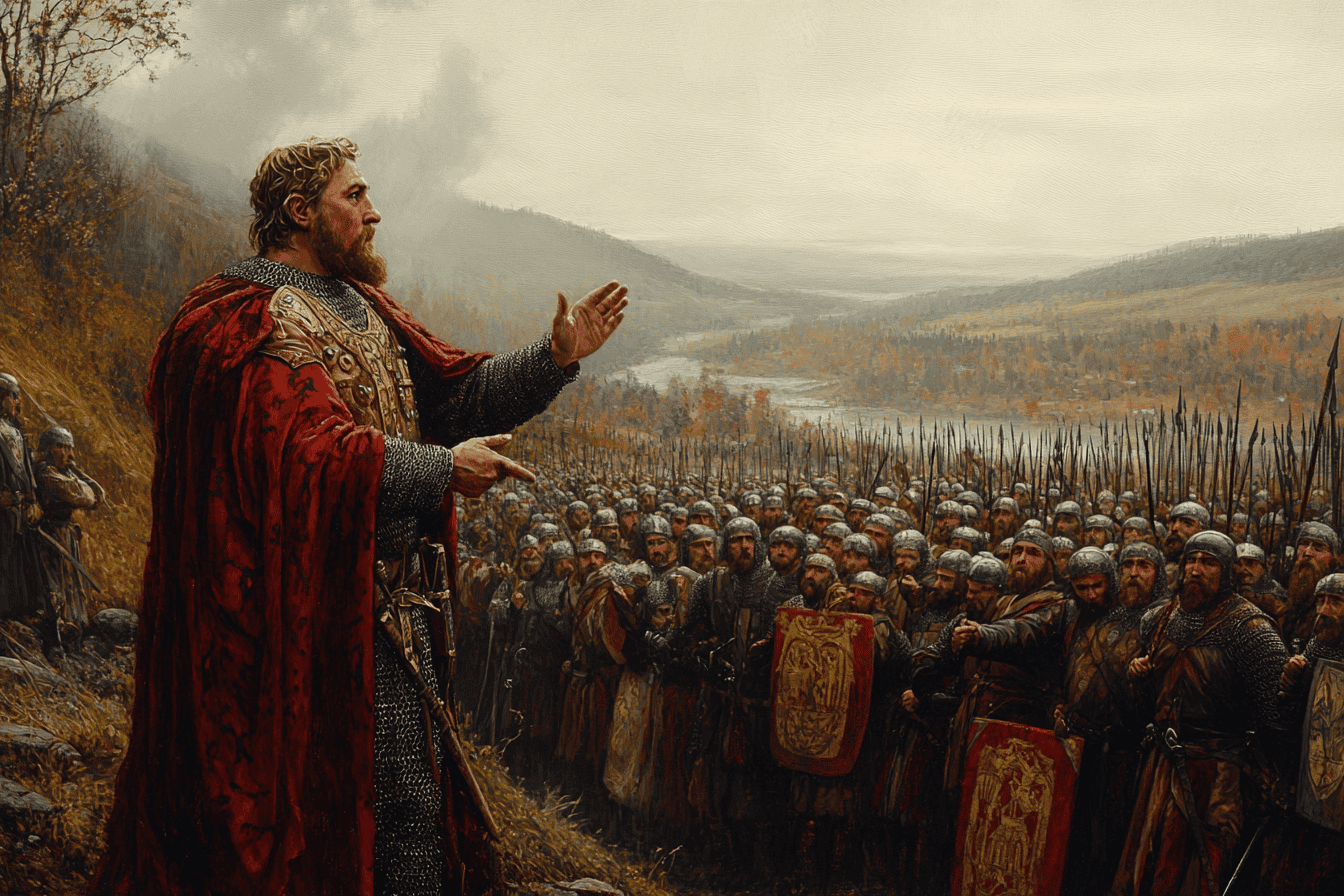
The Kingdom of Wessex, one of the most influential Anglo-Saxon kingdoms in dark age Britain, played a pivotal role in shaping the history and culture of England. Founded in the early 6th century, Wessex evolved from a small settlement to become the dominant force that would eventually unify England under a single ruler.
Origins and Early History

The Kingdom of Wessex was established around 519 CE by the West Saxon chieftain Cerdic. According to the Anglo-Saxon Chronicle, Cerdic and his son (or grandson) Cynric landed in Hampshire in 495 CE and became kings in 519 CE. While the exact details of Wessex’s founding are shrouded in legend, archaeological evidence suggests that the kingdom grew from two main settlements: one in Hampshire and another in the upper Thames Valley.
The name “Wessex” is derived from “West Saxons,” reflecting the kingdom’s geographic location and the Anglo-Saxon heritage of its founders. Initially, Wessex encompassed the area that roughly corresponds to modern-day Hampshire, Dorset, Wiltshire, and Somerset. Over time, the kingdom would expand to include Devon and Cornwall, as well as territories north of the River Thames.
Expansion and Conflicts
The early history of Wessex was marked by frequent conflicts with neighboring kingdoms and gradual territorial expansion. Some key events in this period include:
- The conquest of the Isle of Wight by Cerdic and Cynric in 530 CE.
- Battles fought by Cynric at Salisbury in 552 CE and Barbury Castle in 556 CE.
- The victory of King Ceawlin at Dyrham, Gloucestershire, in 577 CE, leading to the capture of Bath, Cirencester, and Gloucester.
Wessex’s expansion brought it into conflict with other Anglo-Saxon kingdoms, particularly Mercia. In fact, the struggle for dominance between Wessex and Mercia would continue for many centuries.
The Rise to Prominence
Wessex’s journey from a relatively small kingdom to the dominant force in England was marked by several key developments and rulers:
King Egbert (802-839 CE)
King Egbert’s reign marked a turning point in Wessex’s fortunes. In 825 CE, he defeated King Beornwulf of Mercia at the Battle of Ellandun, breaking Mercian supremacy. This victory allowed Egbert to annex the Mercian territories of Essex, Kent, Surrey, and Sussex, significantly expanding Wessex’s power and influence.
King Alfred the Great (871-899 CE)

Perhaps the most famous ruler of Wessex, Alfred the Great, came to power during a time of intense Viking invasions. His reign was characterized by military reforms, cultural revival, and administrative innovations that would have a lasting impact on English history.
Key achievements of Alfred’s reign include:
- Successfully resisting Danish invasions, culminating in the decisive victory at the Battle of Edington in 878 CE.
- Establishing a system of fortified towns or “burhs” to defend against Viking attacks.
- Promoting literacy and learning, including the translation of important Latin texts into Old English.
- Issuing a new law code that combined elements of existing West Saxon, Mercian, and Kentish laws.
Alfred’s reforms transformed Wessex into the most powerful and effective kingdom in Britain, laying the groundwork for the eventual unification of England.
The Path to English Unification
Following Alfred’s reign, Wessex continued to grow in power and influence under his successors:
Edward the Elder (899-924 CE)
Edward the Elder, son of the legendary Alfred the Great, reigned as King of the Anglo-Saxons from 899 to 924 CE. Often overshadowed by his father’s legacy, Edward’s reign was crucial in shaping the foundations of a unified England.

Born around 874 CE, Edward ascended to the throne in October 899 following Alfred’s death. His coronation, however, was delayed until June 900, as he faced an immediate challenge from his cousin Aethelwold, who contested Edward’s claim to the throne. This early conflict set the tone for Edward’s reign, which would be marked by both internal struggles and external threats.
Edward’s military prowess became evident as he systematically expanded his kingdom. He reconquered southeast England and the Midlands from Danish control, effectively uniting Wessex and Mercia. His sister, Aethelflaed, played a crucial role in this expansion, constructing fortresses in the northwest Midlands while Edward fortified the south.
The king’s strategic acumen shone through his continuation and expansion of Alfred’s burghal defense system. He built new fortified towns, or burhs, at strategic locations like Hertford and Buckingham, strengthening the kingdom’s defenses against Viking incursions.
By 920 CE, Edward had become the most powerful ruler in Britain, with his authority extending over almost all of England. He forced the submission of Northumbria in 920 and even received recognition from the Scottish King Constantine II in 923.
Edward’s reign laid the groundwork for the complete political unification of England, which would be achieved during his son Athelstan’s rule. While not known for scholarly pursuits like his father, Edward’s military and political achievements were instrumental in transforming the fragmented Anglo-Saxon kingdoms into a cohesive English stateAlfred’s son, Edward the Elder, continued his father’s policies of expansion and consolidation.
Æthelstan (924-939 CE)

Upon his father’s death in 924, Æthelstan initially faced challenges to his rule. While accepted as king in Mercia, he encountered resistance in Wessex. However, following the death of his half-brother Ælfweard, Æthelstan was crowned King of the Anglo-Saxons in September 925 at Kingston upon Thames.
Æthelstan’s reign was marked by significant military and political achievements. In 927, he conquered York, the last remaining Viking kingdom, effectively becoming the first ruler of all England. His influence extended beyond England’s borders, as demonstrated by the submission of the kings of Scotland, Wales, and Strathclyde in 927 near Penrith.
The king’s administrative reforms were equally impressive. He centralized government, increased control over charter production, and summoned leaders from distant regions to his councils. Æthelstan’s reign saw a proliferation of legal texts, reflecting his concern for social order and building upon the reforms of his grandfather, Alfred the Great.
Æthelstan was known for his piety, founding churches and collecting relics. His court became a center of learning, laying the groundwork for later monastic reforms. He also played a significant role in European politics, arranging marriages for several of his sisters to continental rulers.
Despite never marrying or having children himself, Æthelstan’s legacy as the first King of England was profound. His reign marked the beginning of what historians call the “imperial phase” of English kingship, characterized by the attendance of Welsh and Scottish rulers at English royal assemblies.




